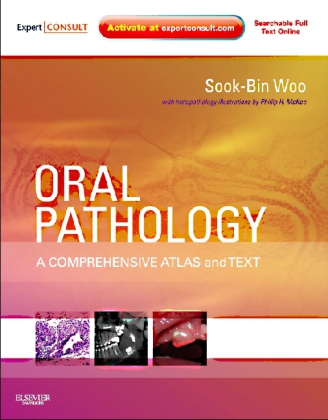As we reach the 40th year of the publication of Robbins Basic Pathology, it is useful to quote Stanley Robbins from the Preface of the first edition (1971): “Of books as well as men, it may be observed that fat ones contain thin ones struggling to get out. In a sense, this book bears such a relationship to its more substantial progenitor, Robbins Pathology. It arose from an appreciation of the modern medical student’s dilemma. As the curriculum has become restructured to place greater emphasis on clinical experience, time for reading is correspondingly curtailed. In writing this book, rare and esoteric lesions are omitted without apology, and infrequent or trivial ones described only briefly.
We felt it important, however, to consider rather fully the major disease entities.” The goals of this edition of “baby Robbins” remain true to this vision of Stanley Robbins. This is an exciting time for students of medicine because the fundamental mechanisms of disease are being unveiled at a breathtaking pace. Pathology is central to understanding the molecular basis of disease, and we have tried to capture the essence of this new knowledge in the ninth edition of Robbins Basic Pathology.

8th Edition Mtg
We firmly believe that pathology forms the scientific foundation of medicine, and advances in the basic sciences ultimately help us in understanding diseases in the individual patient.Thus, while many of the new discoveries in genomics and personalized medicine are covered in the initial chapters on general pathology, we have strived to include the impact of scientific advances on diseases of organ systems described throughout the text. To emphasize the importance of disease mechanisms in the practice of medicine, we have highlighted sections dealing with pathogenesis. In recent years an understanding of the molecular basis of disease has led to the development of “targeted therapies.” These are highlighted in the form of “Targeted Therapy” boxes in the online edition of this book. We hope that this new feature will provide examples of “bench-to-bedside” medicine. Although many of the “breakthroughs” in the laboratory have not yet reached the bedside, we have included them in measured “doses” so that students can begin to experience the excitement that is ahead in their careers. Realizing that the modern medical student feels inundated in trying to synthesize the essentials with the “state of the art,” we have continued the use of Summary boxes designed to provide the students with key “take home” messages. These have been retained at the risk of adding a few additional pages to the book since students have uniformly told us that they find them useful.

Many new pieces of four-color art—schematics, flow charts, and diagrammatic representations of disease—have been added to facilitate the understanding of difficult concepts such as the control of the cell cycle, functions of cancer genes, interactions of HIV with its receptors, and the biochemical basis of apoptotic cell death. More illustrations have been added, bringing the total to more than 1,000. Formatting and color palettes of the tables have been changed for greater clarity. Despite the extensive changes and revisions, our goals remain essentially unaltered. Although we have entered the genomic era, the time-honored tools of gross and microscopic analysis remain useful and morphologic changes are highlighted for ready reference. The strong emphasis on clinicopathologic correlations is maintained, and wherever understood, the impact of molecular pathology on the practice of medicine is emphasized.
Robbins Basic Pathology 8th Edition Citation
We are pleased that all of this was accomplished without any “bulge” in the waistline of the text.